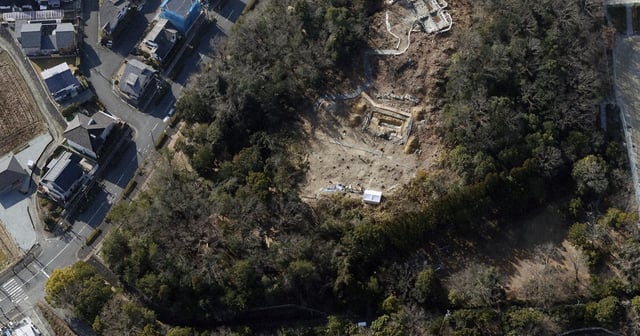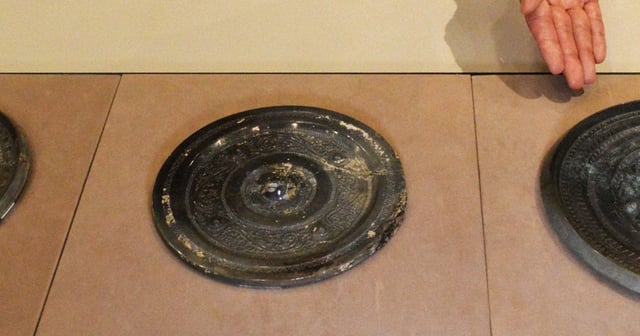Overview
- Three bronze mirrors excavated from Tomio Maruyama Kofun’s wooden coffin span productions in Western Han (late 1st century BC), Later Han (2nd–3rd century) and Wei (mid-3rd century) dynasties and predate the late-4th-century tomb by up to 400 years.
- The Wei dynasty triangular-rimmed divine-beast mirror matches molds of “brother mirrors” from Sakurai Chausuyama Kofun, highlighting shared casting practices among elite tombs.
- Researchers attribute the artifacts to Yamato court gift exchanges, underscoring the tomb occupant’s high status and political ties with central authority.
- The mirrors’ multi-century circulation before burial illustrates sustained preservation of prized objects within elite networks.
- All three bronze mirrors will be exhibited at the Nara Prefectural Kashihara Archaeological Institute Museum from August 1 to 17, offering fresh insights into Kofun-period political and trade relations.



